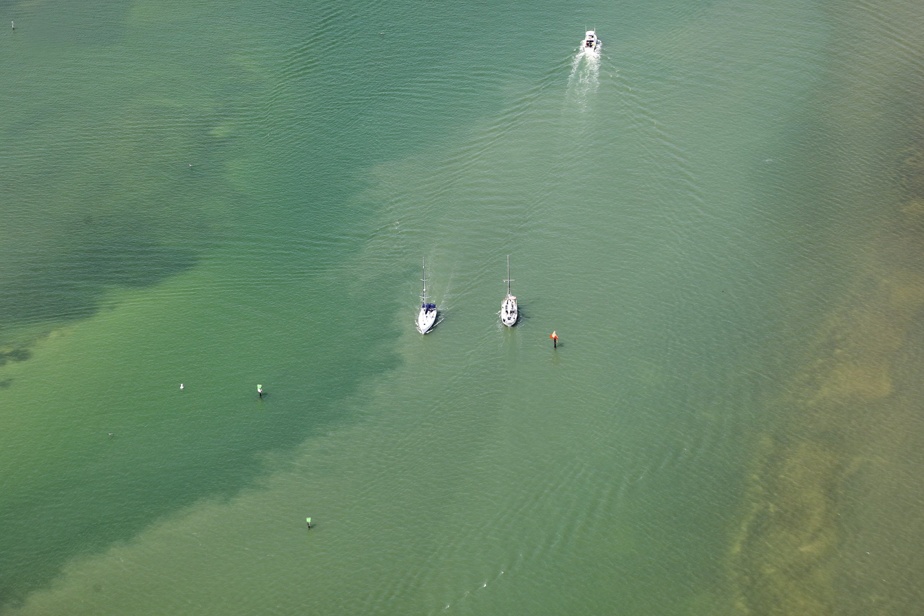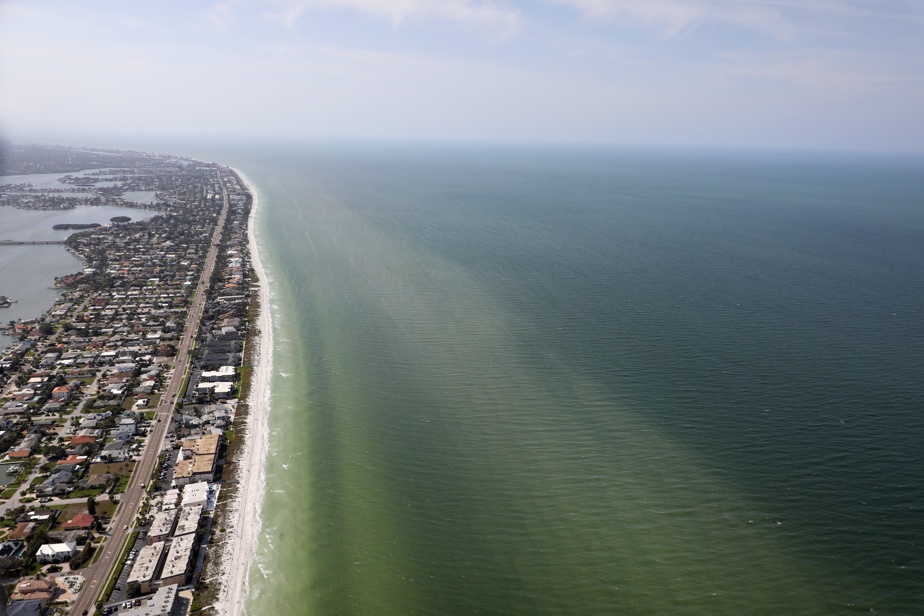(Sarasota) Florida residents complain of burning eyes and respiratory problems. Dead fish washed up on the beaches. A beachside festival has been canceled, even though it wasn’t scheduled for a month.
Florida’s southwest coast has seen an upsurge in toxic red tide algae this week, raising concerns that it may linger for some time. The current flowering started in October.
The annual BeachFest in Indian Rocks Beach, Florida, sponsored by a homeowners association, was canceled after it was determined, with the help of the city and the Pinellas County Health Department, that red tide was likely to continue until the middle of next month when the festival was scheduled.

PHOTO DOUGLAS R. CLIFFORD, TAMPA BAY TIMES/ASSOCIATED PRESS
“Red tide is currently present on the beach and is expected to remain in the area for the coming weeks,” the Indian Rocks Beach Homeowners Association said in a letter to the public. It’s a shame it had to be canceled, but it’s the best decision in the interest of public health. »
Nearly two tons of debris, mostly dead fish, was removed from Pinellas County beaches and taken to the landfill, county spokesman Tony Fabrizio told the newspaper. Tampa Bay Times. About 454 kilograms of fish have been picked up from St. Pete Beach since the beginning of the month, Mandy Edmunds, the city’s parks supervisor, told the newspaper.
Red tide, a toxic algal bloom that occurs naturally in the Gulf of Mexico, is aggravated by the presence of nutrients such as nitrogen in the water. The Florida Fish and Wildlife Conservation Commission (FWC) warns people not to swim in or around red tide waters due to the possibility of skin irritation, rashes and burns as well as eye pain. People with asthma or lung disease should avoid beaches affected by toxic seaweed.
The FWC said Friday it detected red tide in 157 samples along Florida’s Gulf Coast, with the highest concentrations along Pinellas and Sarasota counties.
